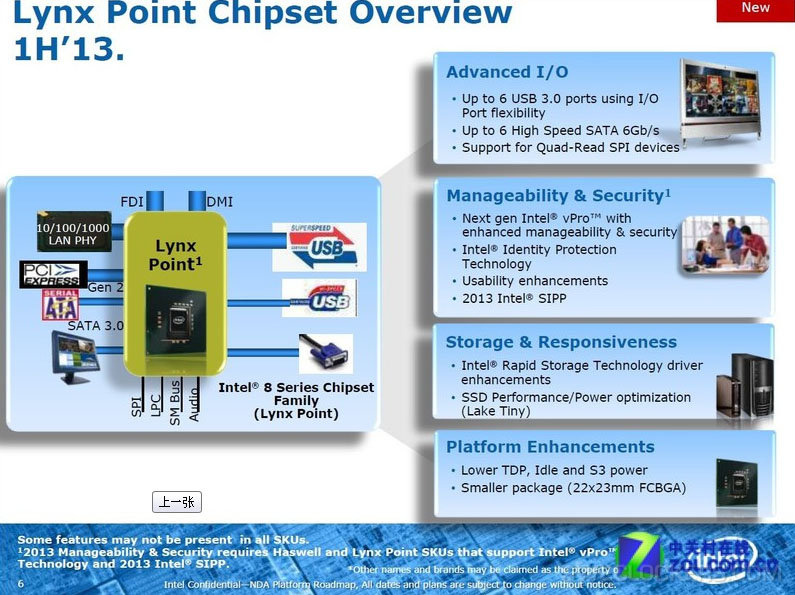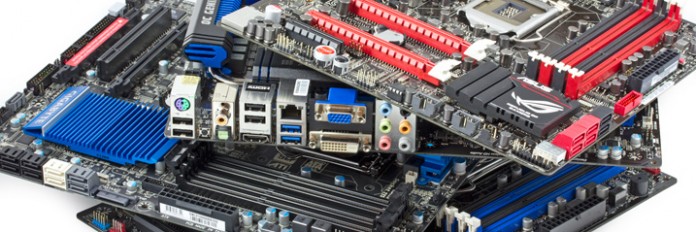We eagerly await Ivy Bridge that is just two weeks away, but in the true spirit of Intel information on the next generation has appeared. Haswell will bring a whole new architecture and a much more efficient chipset with more functions than ever before.
Intel launched the new 7 series “Panther Point” chipset in the form of Z77, Z75 and H77, which did offer some new features over the 6 series. The TDP went up though, from 6.1W to 6.7W. This was because Intel had added support for USB 3.0 and Thunderbolt, while staying at the 65 nanometer node.
This value can’t be directly translated into power consumption though since it is only accurate when all functions are used – a worst case scenario. This is a number manufacturers can use when designing the cooling for a new chip. Fudzilla now reports that Intel will tend to the coming Lynx Point chipset. This chip will be paired with the coming Tock – the new architecture Haswell.
 |
 |
The chipset that is not yet completed can’t be rated, but there are estimates for where it should end up. Intel hopes to achieve 25 percent lower TDP than Panther Point, and the average should drop by 50 percent. Since the new chipset will be part of the Intel 8 series it should support six SATA 6.0 Gb/s and six USB 3.0, which means it should also use a new manufacturing technology to help with the energy conusmption.
Intel is good at using its cutting edge fabs to the fullest up to the point where they are replaced or upgraded, which means it is simply a logical step for them to move on to 45 nanometer for the new chipset. That is estimated to be 50 percent lower than the average consumption also speaks for the introduction of Power Gating, to enable the chip to turn off functions that are not being used. Lynx Point and Haswell will together shape the platform Shark Bay, and will use the new LGA1150 socket that launches in 2013.















